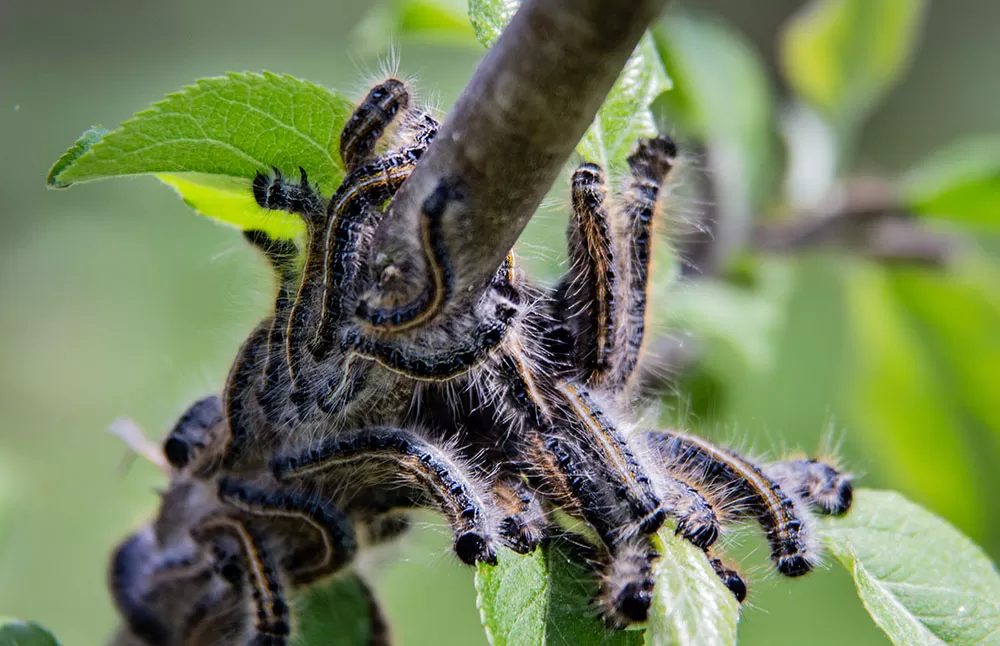
Keep an Eye Out for These 5 Bugs that Kill Trees
Being among the most common reasons why a tree might die, tree pests are a homeowner’s worst nightmare. That’s why today we’ll show you the main bugs that kill trees.
Although some insects rarely pose a threat to your trees, others love being in the tree-killing business. In fact, there are times in which you might invest a lot of time and money taking care of your trees, and then you find out that it was all in vain. Why? Because a pest decided to feed on your trees like a parasite.
For this reason, we created an article in which it will help you identify which bugs are harmful to your trees, and which ones are not.
5 Bugs that Kill Trees Every Homeowner Should Beware Of
Did you know that one of the main causes of deforestation doesn’t come to human activities?
In fact, it might come from a small creature that you might consider harmless! According to the Food and Agricultural Organization of the UN, insect pests contribute to the deforestation of 35 million forest hectares EACH YEAR.
So if a pest can bring harm to forests, it can undoubtedly bring harm to your trees. Pests can weaken your tree’s health by a lot. These insects can make it much easier for tree diseases to attack as well. That’s why you need to take action when seeing one of these insects.
When it comes to bugs that kill trees in the United States, the most common species include:
- Forest and Eastern tent caterpillars
- Emerald ash borer
- Asian longhorned beetle
- Ips pine beetles
- Gypsy moths
Let’s take a look at each insect species:
Forest and Eastern Tent Caterpillars
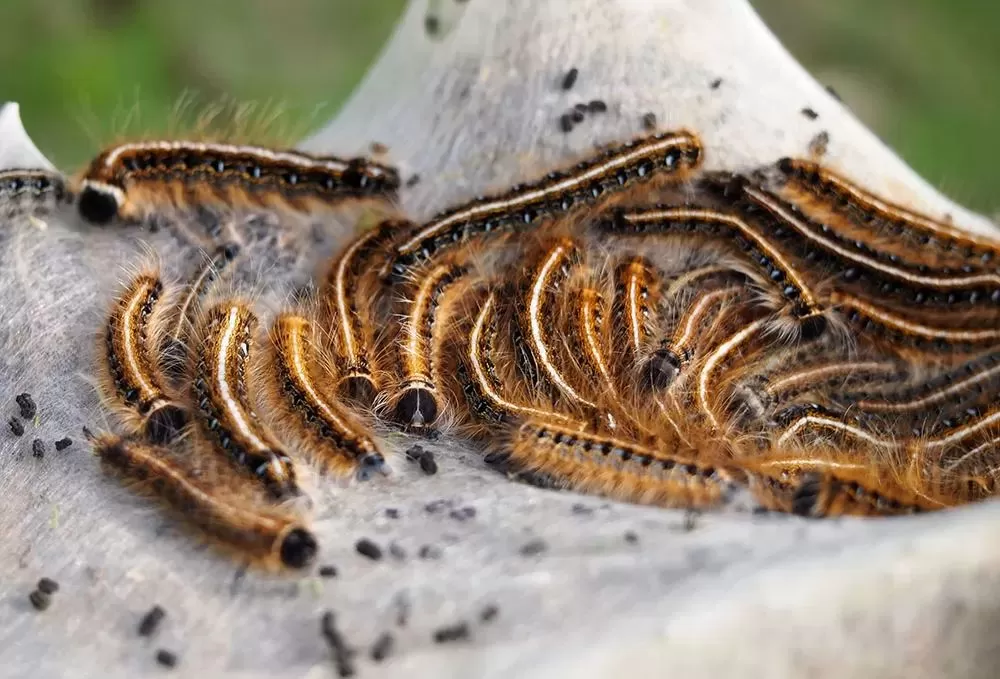
When it comes to one of the most common tree pests, tent caterpillars take the lead. There are two types of tent caterpillars you might find yourself with at least once in your life: eastern tent caterpillars and forest tent caterpillars.
Forest tent caterpillars count on spots that resemble that of a keyhole. Once fully grown, they tend to have a blue head with a black body, and they are covered with many thin white hairs. These caterpillars tend to attack most trees such as oak, birch, elm, maple, and ash.
Eastern tent caterpillars, on the other hand, count on a black body with blue spots and white stripes along their back. Their trees that they like to nibble on usually include a wide variety of shade trees, as well as fruit trees such as cherry, apple, and crabapple.
Tent caterpillars are usually most common during springtime. Not only can they make your tree defoliate, but also they make all sorts of webs around the tree’s branches.
Believe it or not, one way you can prevent these from coming to your home is by having a welcoming environment for birds. Also, you can use the insecticide Bacillus thuringiensis when looking for a way to kill them without causing any harm to your trees or other animals.
Emerald Ash Borer
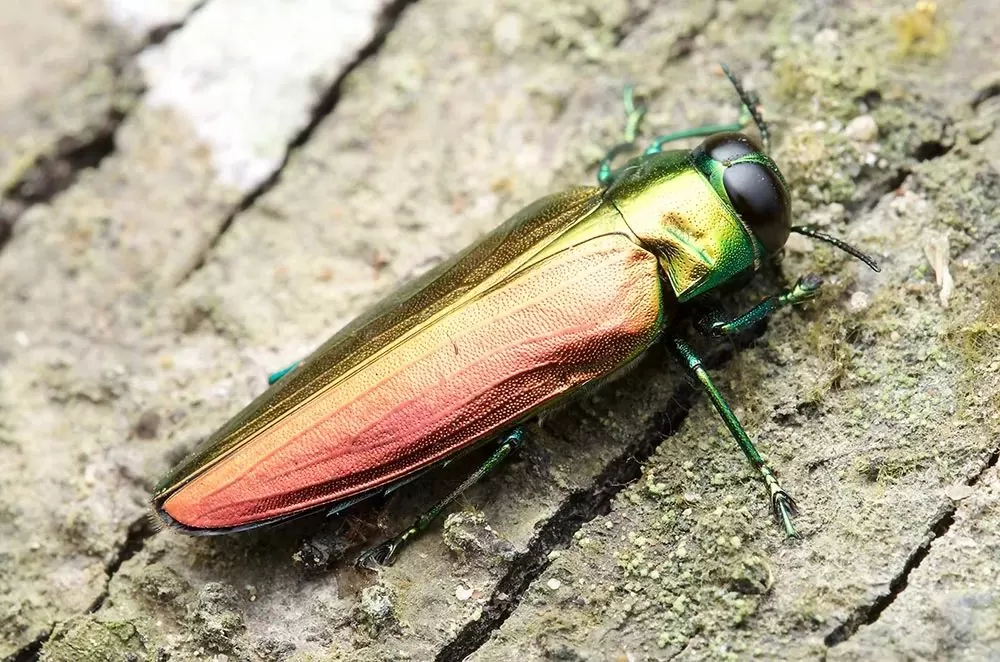
Although counting on a beautiful, metallic-green appearance, emerald ash borer are culprits of countless tree species deaths. These half-inch long bugs that kill trees usually feed on the bark. In most cases, infested trees tend to lose their limbs and ultimately fall down.
One common sign that your tree might be suffering from this tree bug is what we call ash yellows. Ash yellows can vary depending on the tree species. For instance, white ash tends to demonstrate most of the symptoms, such as stunted twig growth and overall crown thinning. Other symptoms EABs also cause include tree suckers, bark tunneling, and splitting bark.
When suspecting having these ash borers in your trees, you should definitely contact the USDA as soon as you can. You should also abstain from buying any firewood that’s not from any local source. Lastly, you should burn any remaining firewood before springtime to help eliminate any possibilities of the borer spreading.
Asian Longhorned Beetle
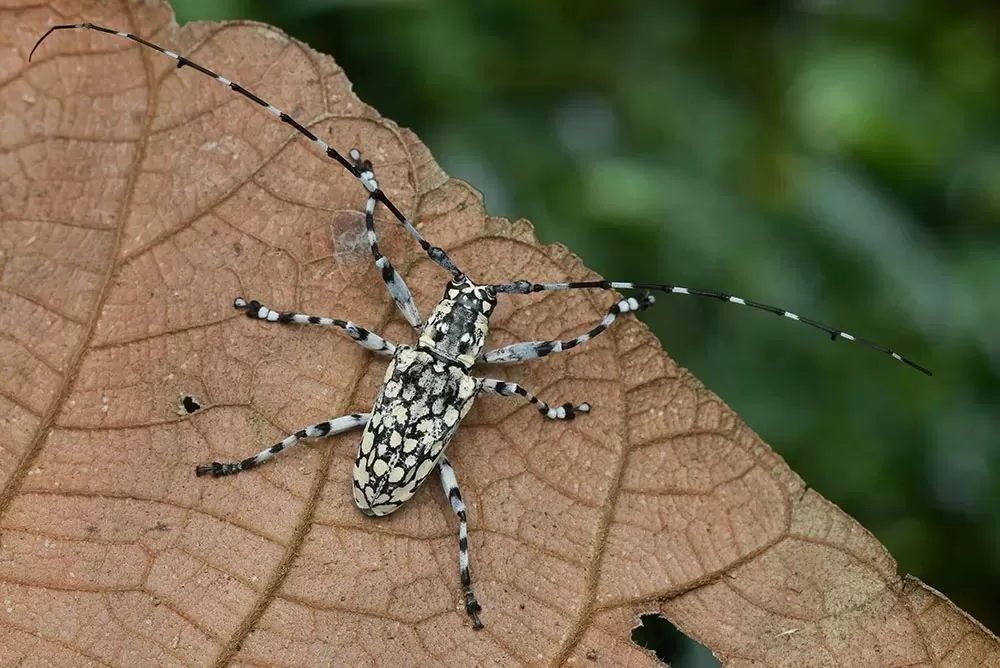
Asian long-horned beetles usually tend to damage a healthy tree’s vascular system. This damage can weaken your tree until it starts falling apart. These beetles generally lay eggs beneath the bark. When the eggs hatch, the larvae start to feed on the tree’s vessels.
Their appearance usually consists of long antennas with white spots on them. They’re about one and a half-inch long and have a shiny black coloring.
They are usually most active during summer and fall. These beetles mostly target trees such as birch, goldenrail, chestnut, maple, elm, and katsura.
Some common signs trees and shrubs display when attacked by Asian long-horned beetles usually include droopy and yellow leaves, shallow bark scars, dime-sized holes on limbs and the trunk, and oozing sap.
When counting on this tree pest, it’s best to call a professional to take care of it.
Ips Pine Beetles
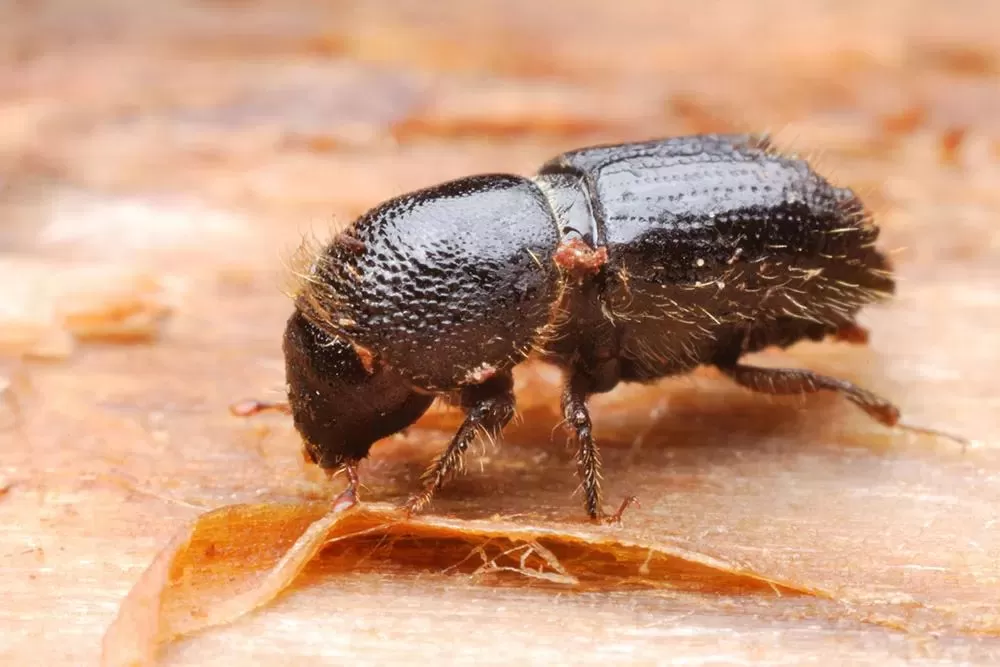
Ips beetles have started to become a significant threat to the Arkansas state. These small insects that are smaller than an inch long eat away the bark. By making tiny holes in the tree trunk, reddish-brown boring dust starts to build up, thus causing the tree to discolor and eventually die.
These tree boring insects consist of a black to reddish-brown appearance with a sunken area on its back.
Ips beetles are generally attracted to weak or stressed spruce and pine trees, as well as freshly cut wood. Some signs that your pine tree might be a victim of this pine beetle include discoloration of your tree, H-shaped tunnels under the bark, and rise of woodpeckers going around your tree a lot.
Some preventative measures to take include keeping good care of your trees, being careful when pruning them, and being mindful where you place your freshly cut log.
Gypsy Moths Kill Trees
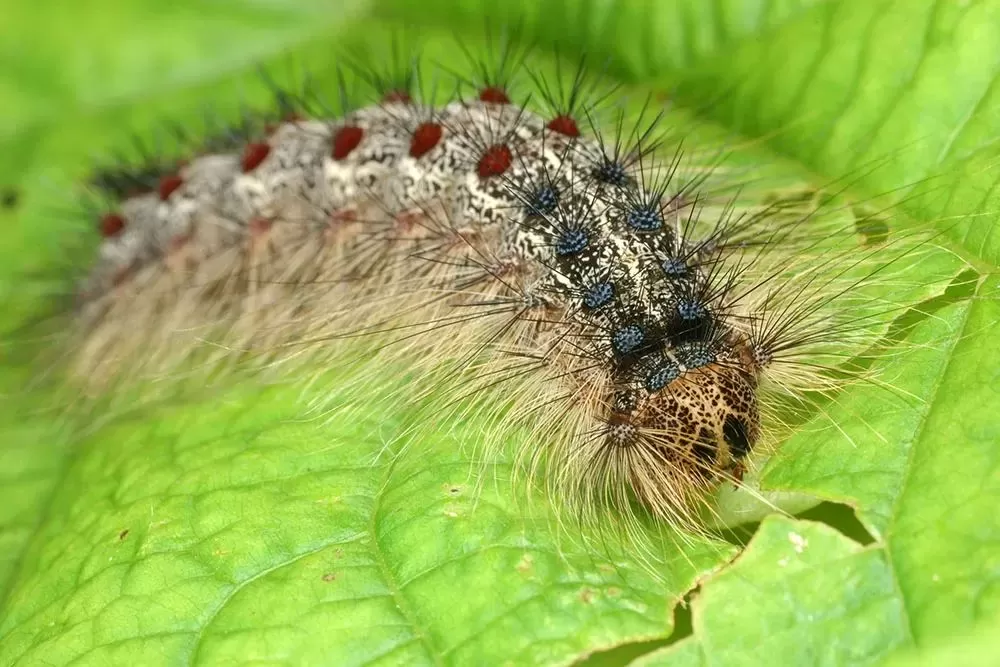
Being among the top defoliator pests, gypsy moths are accountable for the deforestation of more than a million acres in North America each year! These moth’s larvae prey on hardwood trees such as oak, birch, elm, and maple.
In most cases, this invasive insect lays yellow eggs that have a teardrop shape during spring. Once these eggs hatch, a gypsy moth caterpillar is usually around 2 inches long. This larva has a beige head, a hairy body, and multiple blue and red spots along its back.
Since this is a defoliating pest, some signs of an infestation that your tree might present include leaf damage and bare branches with no leaves.
By adequately fertilizing, pruning, and watering, you’ll be able to prevent your trees from suffering from this pest. Also, you should check out your tree around springtime to see if any eggs are lying around your tree’s trunk.



